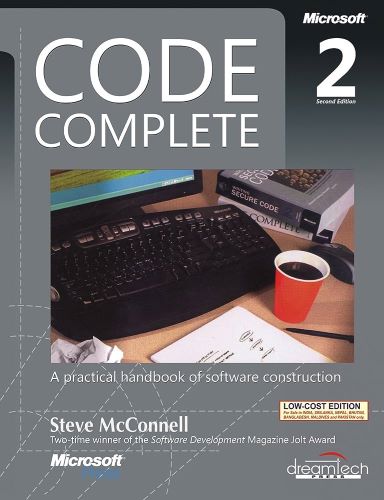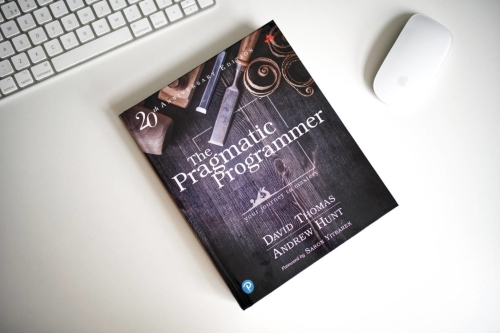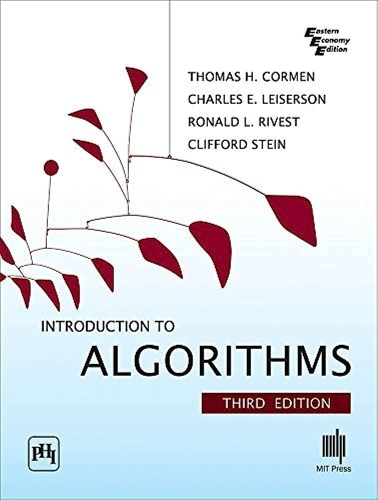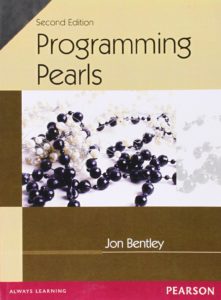CODE COMPLETE


Code Complete is a software development book, written by Steve McConnell and published in 1993 by Microsoft Press, encouraging developers to continue past code-and-fix programming and the big design up front and waterfall models. It is also a compendium of software construction techniques, which include techniques from naming variables to deciding when to write a subroutine.

The Pragmatic Programmer: From Journeyman to Master is a book about computer programming and software engineering, written by Andrew Hunt and David Thomas and published in October 1999.It is used as a textbook in related university courses. It was the first in a series of books under the label The Pragmatic Bookshelf. A second edition, The Pragmatic Programmer: Your Journey to Mastery was released in 2019 for the book's 20th anniversary, with major revisions and new material reflecting changes in the industry over the last twenty years.

Clean Code is divided into three parts. The first describes the principles, patterns, and practices of writing clean code. The second part consists of several case studies of increasing complexity. Each case study is an exercise in cleaning up code—of transforming a code base that has some problems into one that is sound and efficient. The third part is the payoff: a single chapter containing a list of heuristics and “smells” gathered while creating the case studies. The result is a knowledge base that describes the way we think when we write, read, and clean code.

Introduction to Algorithms is a book on computer programming by Thomas H. Cormen, Charles E. Leiserson, Ronald L. Rivest, and Clifford Stein. The book has been widely used as the textbook for algorithms courses at many universities and is commonly cited as a reference for algorithms in published papers, with over 10,000 citations documented on CiteSeerX. The book sold half a million copies during its first 20 years.Its fame has led to the common use of the abbreviation "CLRS" (Cormen, Leiserson, Rivest, Stein), or, in the first edition, "CLR" (Cormen, Leiserson, Rivest).

Jon Bentley's collection of programming pearls is commonly included among the classics. Just as natural pearls grow from grains of sand that irritate oysters, programming pearls have grown from real problems that have irritated real programmers. With origins beyond solid engineering, in the realm of insight and creativity, Bentley's pearls offer unique and clever solutions to those nagging problems. Illustrated by programs designed as much for fun as for instruction, the book is filled with lucid and witty descriptions of practical programming techniques and fundamental design principles. It is not at all surprising that Programming Pearls has been so highly valued by programmers at every level of experience.